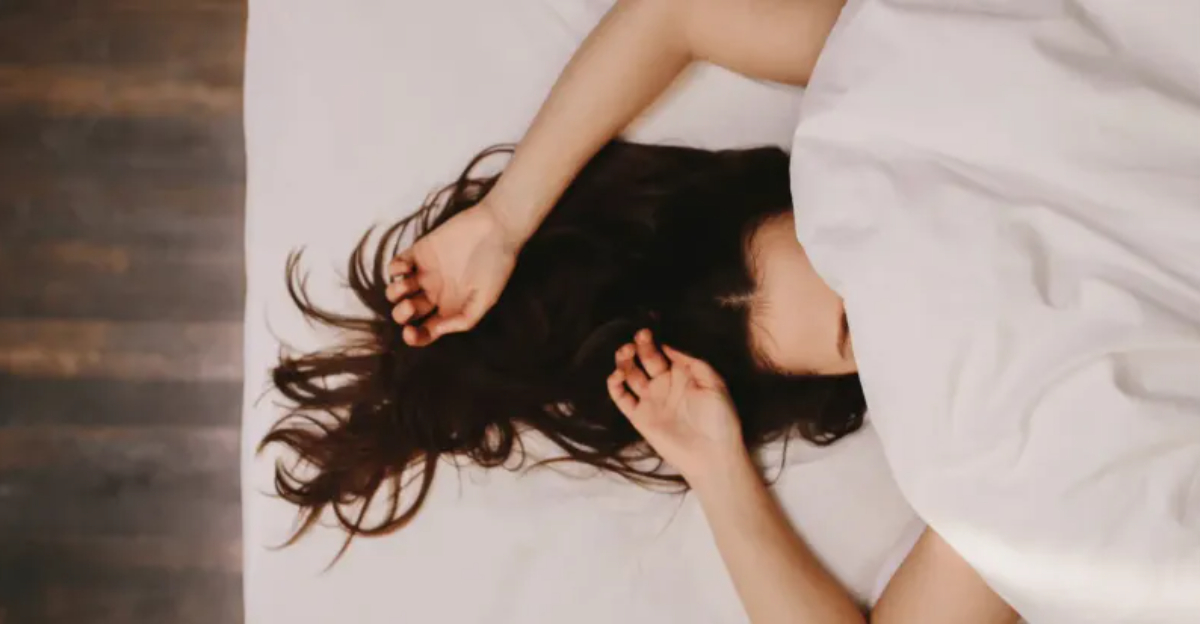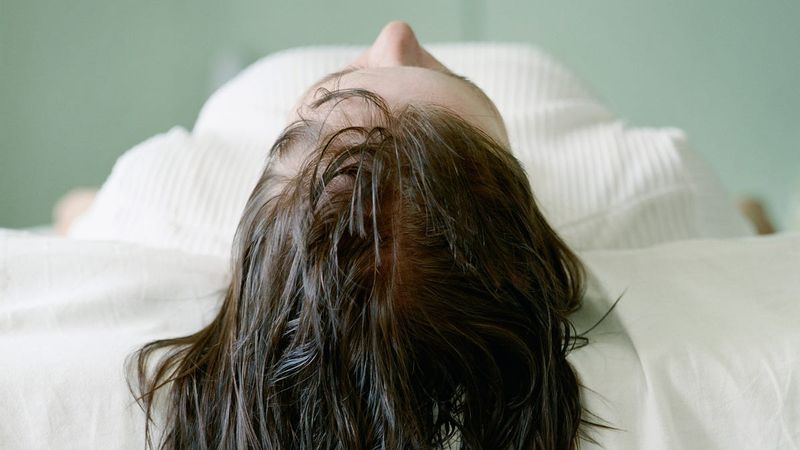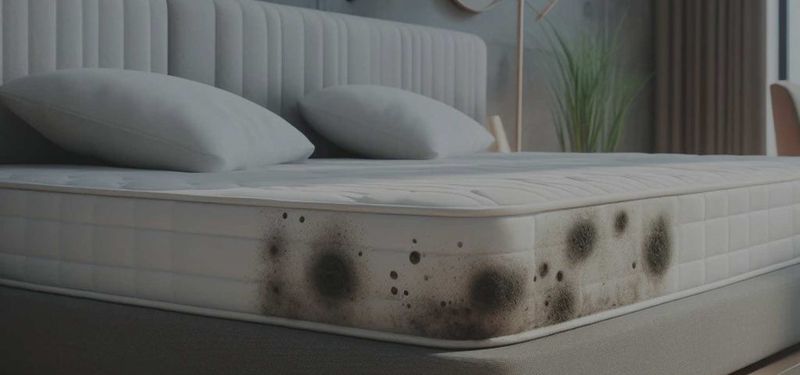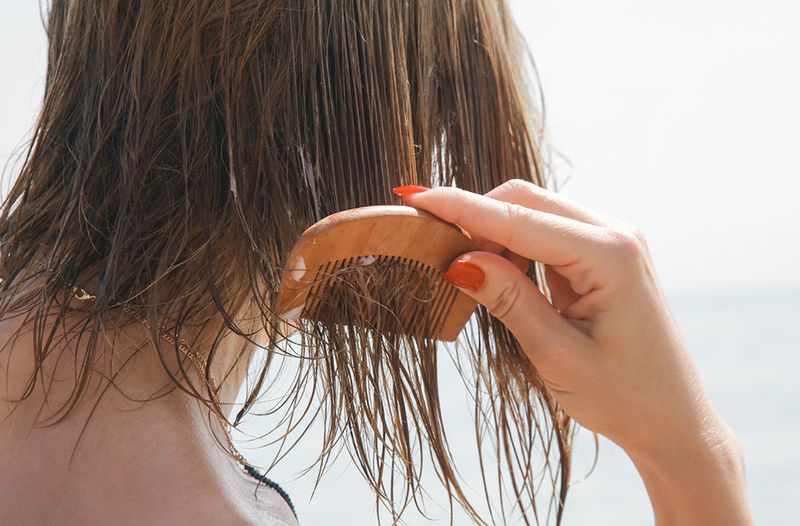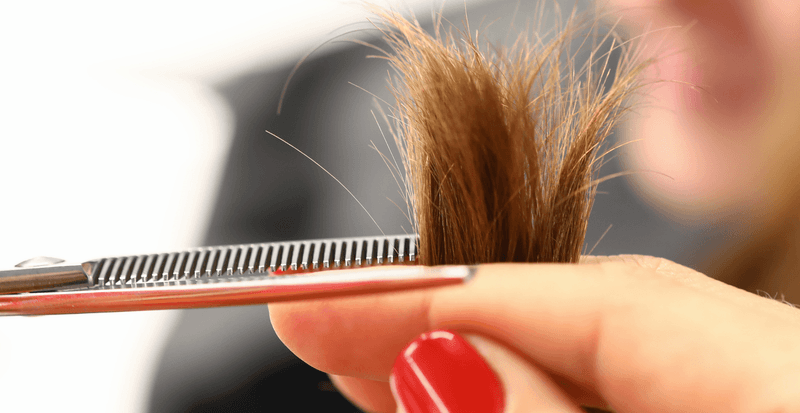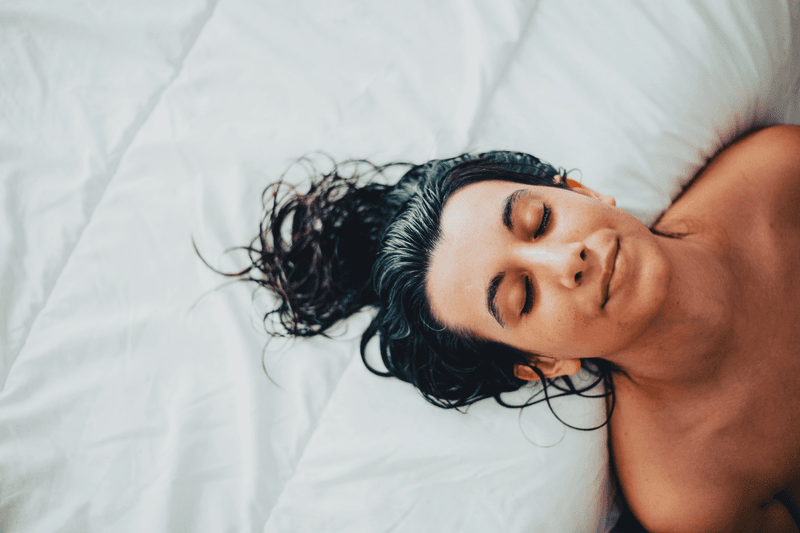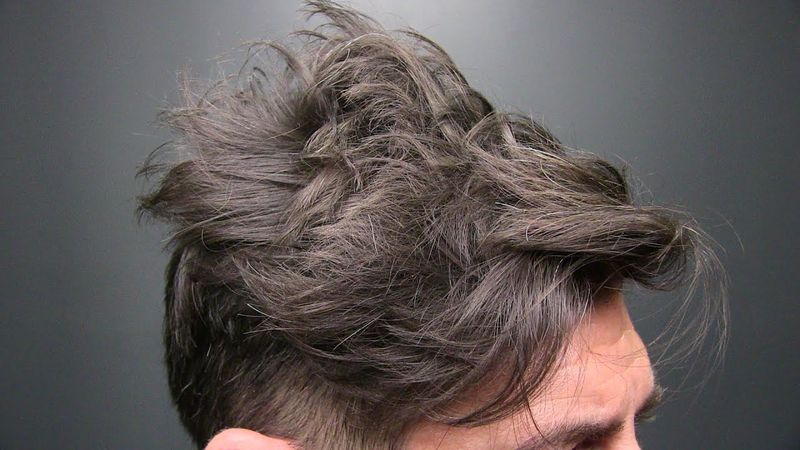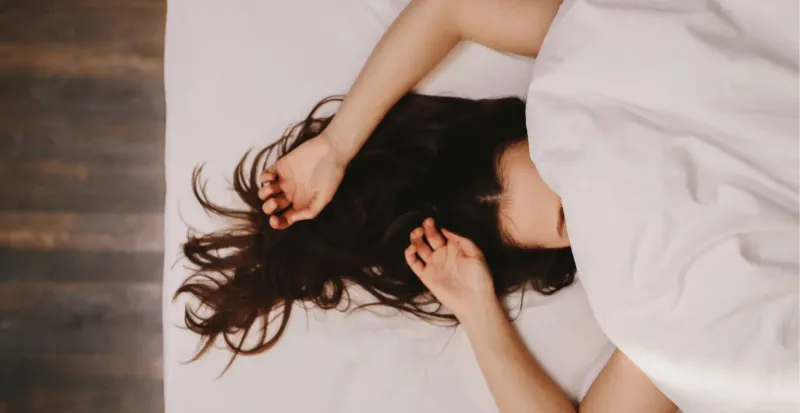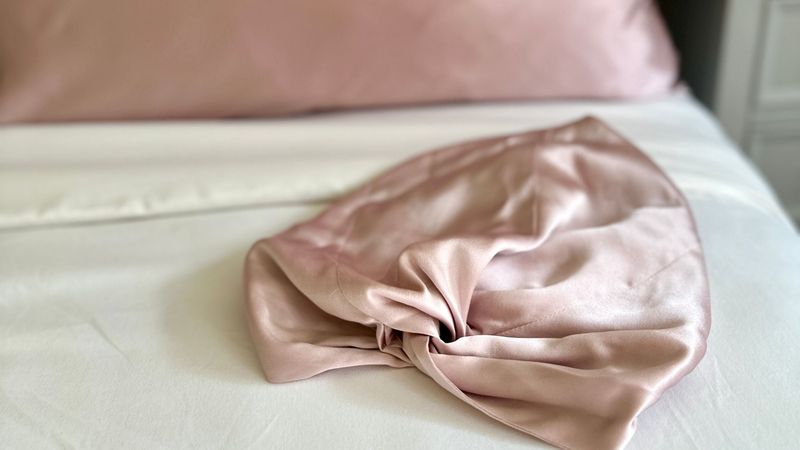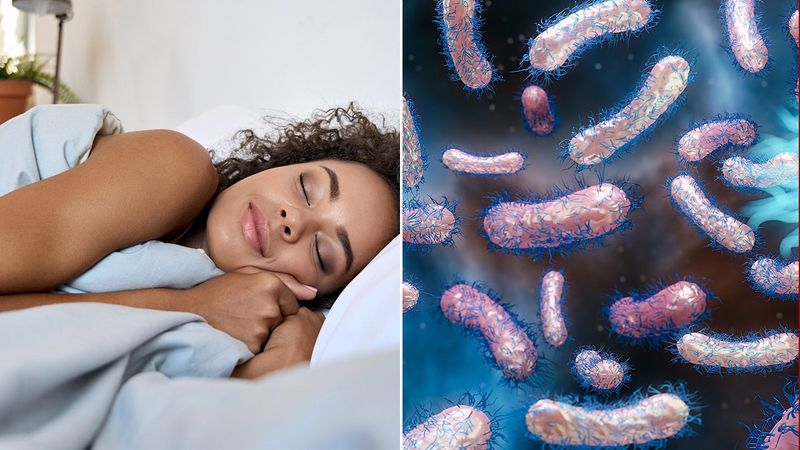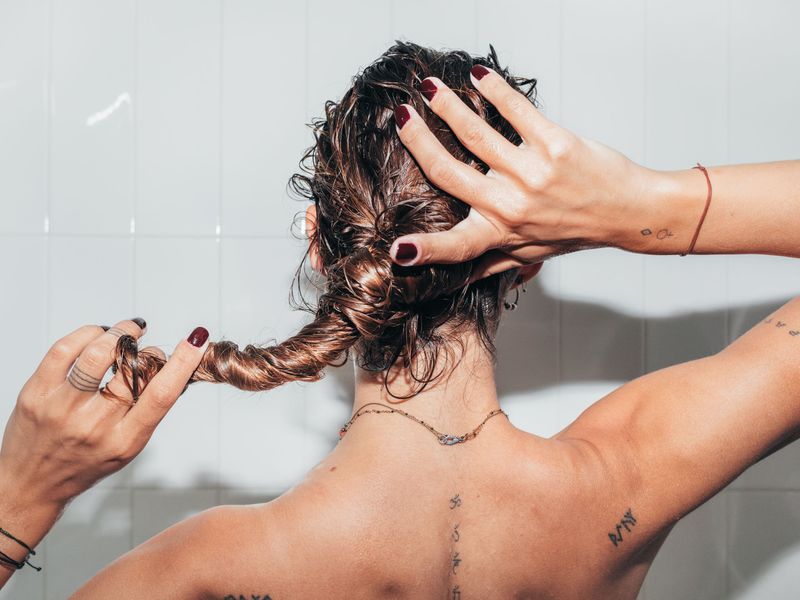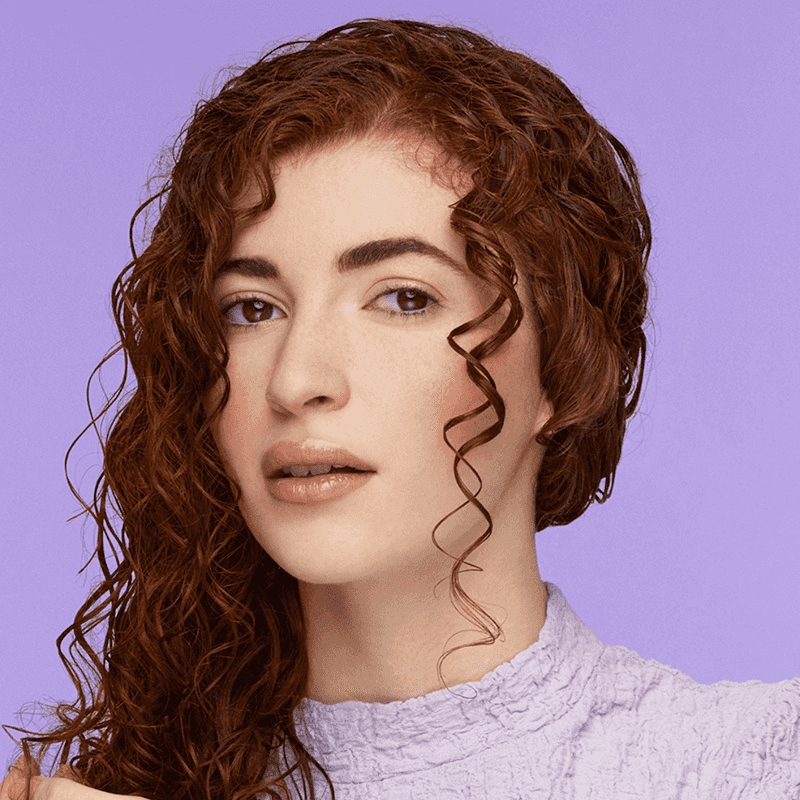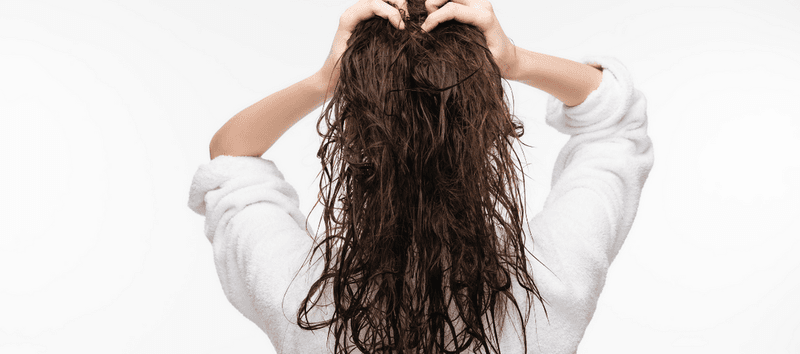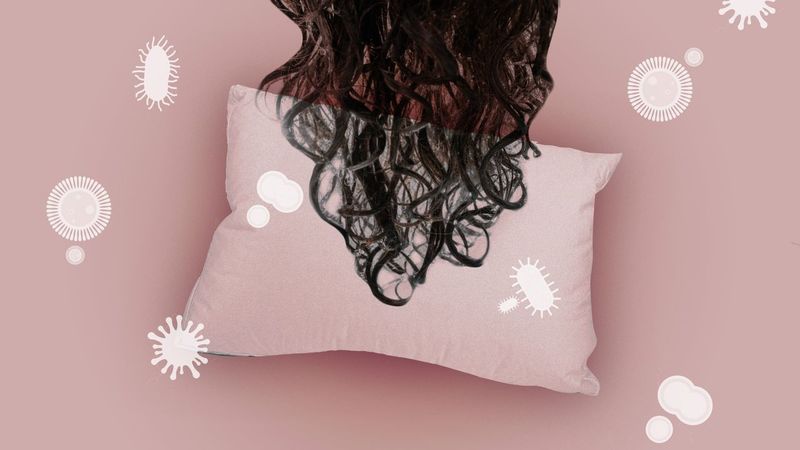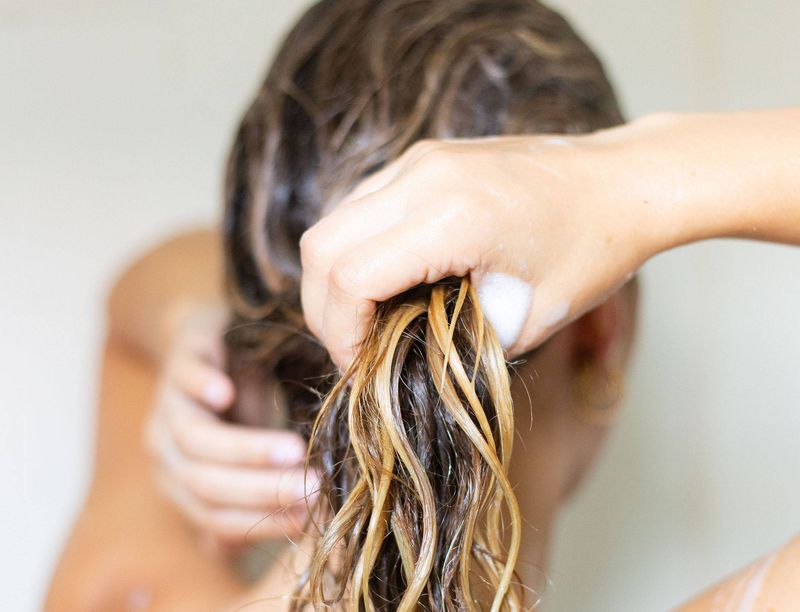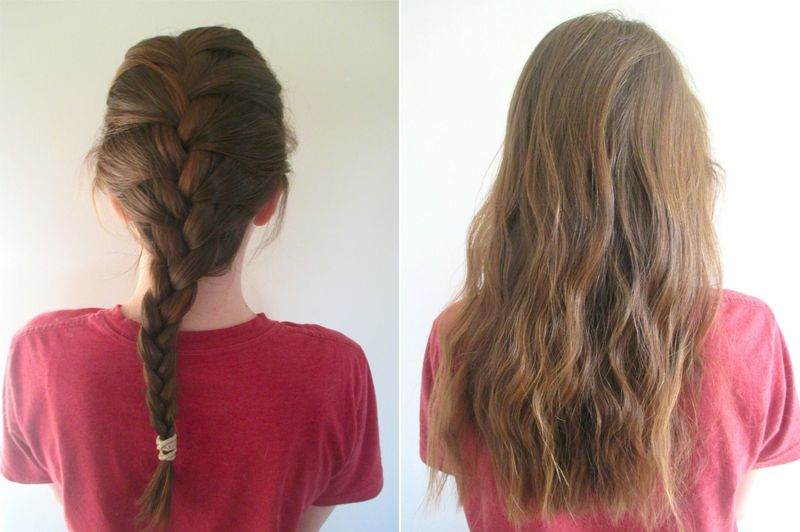Ever crawled into bed with damp locks after a late-night shower? Many of us have been guilty of this bedtime shortcut.
Hair experts have strong opinions about this common habit, and the effects might surprise you. Let’s explore what really happens when you hit the pillow with wet hair.
1. Breakage Becomes More Likely
Wet hair strands stretch more easily than dry ones. When you toss and turn at night, this extra elasticity leads to breakage as your hair rubs against pillowcases.
Your precious locks become fragile when waterlogged, making them vulnerable to damage.
2. Fungal Growth Thrives in Dampness
Damp pillows create the perfect breeding ground for fungi. Those warm, moist conditions near your scalp? Fungal infections absolutely love them!
Keeping your head dry before sleep helps prevent unwanted scalp issues that can lead to itchiness and flaking.
3. Morning Tangles Multiply
Waking up to a bird’s nest situation? Blame your wet bedtime routine. Hair cuticles remain raised when wet, causing strands to grip each other as you sleep.
The result? A tangled mess that requires extra detangling time in your morning routine.
4. Split Ends Increase Dramatically
Friction between wet hair and cotton pillowcases isn’t just uncomfortable—it’s damaging! Your hair shafts weaken and fray at the ends when rubbed while wet.
Hairstylists notice the difference between clients who regularly sleep with wet hair versus those who don’t.
5. Cold Symptoms May Develop
Grandmother’s warnings weren’t entirely myths! Your body temperature regulation can be disrupted by wet hair during sleep.
While wet hair doesn’t directly cause illness, the resulting chill might lower immunity temporarily, making you more susceptible to viruses already present.
6. Bedhead Becomes Unpredictable
Hair sets in whatever position it dries in overnight. Without proper styling, you’re essentially playing hair roulette!
Some mornings bring bizarre cowlicks, flattened sections, or waves in all the wrong places—making your morning routine unnecessarily complicated.
7. Scalp Health Suffers Silently
Your scalp needs to breathe! Trapping moisture against it for 7-8 hours creates an imbalanced microbiome on your head.
This disruption can trigger excess oil production or dryness as your scalp tries to regain equilibrium, leading to itchiness or flakiness.
8. Silk Pillowcases Reduce Damage
Not all pillowcases are created equal! Silk creates less friction against wet hair than cotton does.
If you absolutely must sleep with damp locks, switching to silk pillowcases minimizes damage while allowing hair to glide smoothly as you move during sleep.
9. Bacteria Multiplication Accelerates
Your pillow becomes a petri dish when repeatedly dampened. Bacteria thrive in this environment, potentially causing acne breakouts along your hairline and neck.
Regular pillowcase washing becomes even more crucial for those who frequently sleep with wet hair.
10. Hair Color Fades Faster
Just spent money on a beautiful dye job? Sleeping with wet hair might be sabotaging it! Water opens hair cuticles, allowing color molecules to escape more easily.
Hairstylists notice color-treated clients who sleep with wet hair require more frequent touch-ups.
11. Natural Texture Gets Altered
Curly-haired folks, listen up! Your natural curl pattern can be permanently stretched or altered when wet hair is compressed against pillows.
Over time, repeatedly sleeping on wet curls leads to inconsistent texture throughout your hair, making styling more challenging.
12. Protein Bonds Weaken Gradually
Hair strength comes from protein bonds that become vulnerable when wet. Nighttime movement creates stress on these weakened bonds.
The cumulative effect resembles chemical damage, with hair losing elasticity and strength over time—even without using harsh treatments.
13. Mildew Smell Develops Eventually
Notice a musty odor despite regular shampooing? Your pillow might be harboring mildew from repeated exposure to wet hair.
This unpleasant smell can transfer back to your freshly washed hair, creating a frustrating cycle that’s difficult to break without addressing the source.
14. Drying Methods Matter Significantly
Air-drying before bed beats heat styling for overall hair health. A quick 5-minute gentle towel blot removes excess moisture without causing damage.
For those with thick hair, focusing on drying the roots while leaving ends slightly damp offers a healthy compromise.
15. Braiding Damp Hair Minimizes Issues
Can’t avoid sleeping with damp hair? Loose braiding creates a protective style that minimizes friction and tangling.
The bonus? You’ll wake up with gentle waves that can be styled quickly. Just ensure braids aren’t too tight to avoid tension damage.

